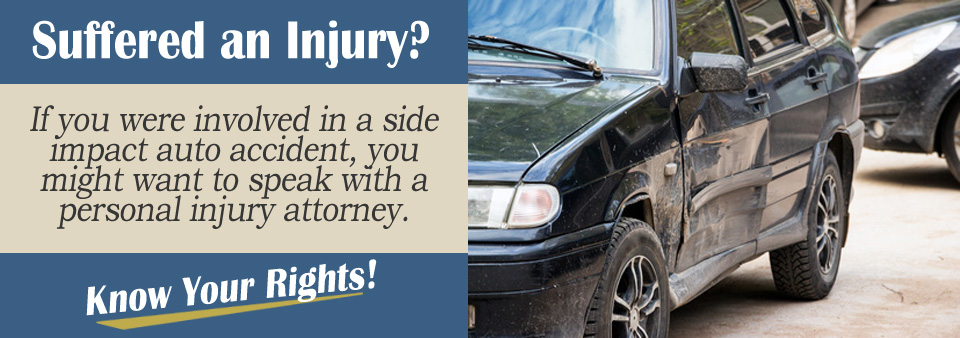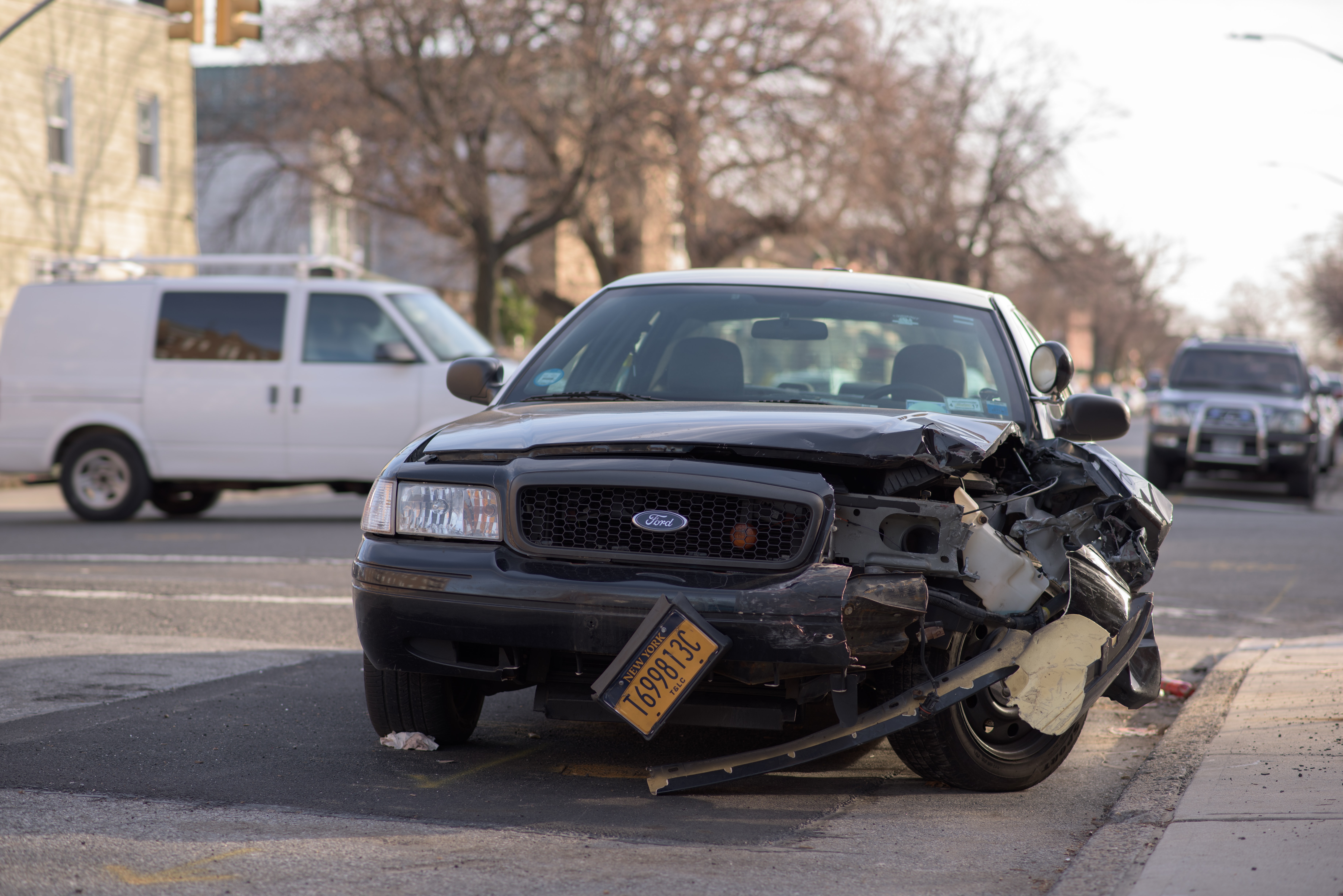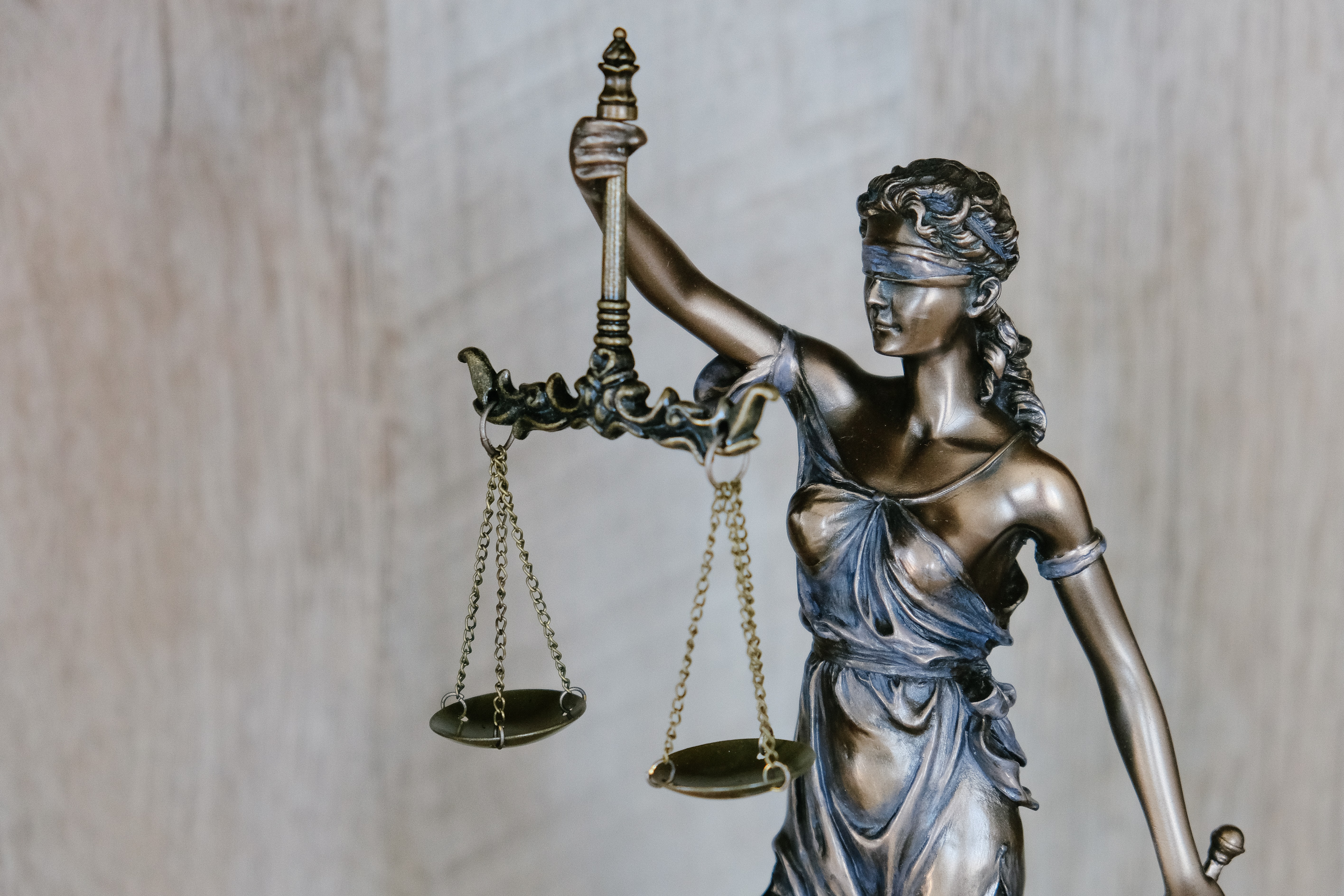Anyone who drives must merge at one time or another. Merging takes place when cars switch lanes or merge from one lane into another lane. Merging takes a lot of attention and care. You must judge the speed of the other vehicles and make sure you have space to get in between cars.
You also must make sure you use your turn signal to signify your intent of switching lanes. When you are in the through lane, you must watch for merging vehicles and maintain a safe speed, not trying to speed up to cut cars off or keep them out.
When a merging accident happens, injuries and damages result. Even if you don’t think injuries are very serious, you should stay on the scene and call the police. An accident report should be filed.
If you are physically able to do so, get photos of the accident scene, showing the location of the vehicles, the point of impact, and the damages that the vehicles suffered. Be sure to give the police officer an exact account of what happened so there is a reported record of it.
Exchange names, contact information, and insurance details with the other driver. You will also need to get written statements from any witnesses and be sure to get the names of any witnesses along with their contact details.
Be sure to maintain documentation to support your claim and to ensure that you can prove what happened, how it happened, and who is liable for the damages that you suffered because of the merging accident.
It is imperative to establish medical care right away. Some injuries aren’t apparent right away or are worse than they initially appear. You need to establish medical care right away so you can show that the injuries were a direct result of the merging accident. Delaying care will make it more difficult to show that your injuries were caused by the car crash.
Side impact accidents are the second most fatal type of accident behind only head-on collisions, so if you’ve been involved in one it’s likely your injuries could be severe.
Filing a personal injury claim can get you the damages you deserve, however you need to prove that you were not at fault for the accident.
If the case goes to trial, you could be eligible for compensation for medical expenses, loss of wages, pain and suffering, emotional distress, wrongful death, or others depending on your state of residence. More often, cases are settled before trial on an agreed upon sum.

Proving Your Case
To prove the other driver is at fault and win your personal injury claim, you need to prove the other driver was negligent or broke a traffic law. Traffic laws are especially important in side impact accident claims.
Causes of side impact accidents include:
- Not stopping at a four-way intersection including running a red light and rolling through a stop sign.
- Not yielding to another car when traffic codes dictate you must.
- Turning across traffic lanes or driving (even accidentally) into oncoming traffic when turning left.
- Reckless or aggressive driving or driving while drunk or impaired.
- Talking on the phone or texting and driving.
- Equipment failure
- Bad weather that interferes with your driving ability and/or visibility
In side impact collisions where an obvious traffic laws are broken, many drivers admit fault. However, in other accidents it can be tricky to figure out who was at fault because some involve finer points of traffic laws.
For example, many accidents happen because both drivers believed they had the right of way. You need to show through the facts that the other driver broke one of these or another traffic law and that action caused the accident.
Each state differs on their comparative negligence laws, but it can affect the amount you're paid. This means that most states will decide the percentage you and the other driver were at fault, and your payment could be lowered if you are found to be even a little bit at fault.

Common Auto Accident Injuries
There are various injuries that can result from a merging accident. Some of the more common injuries include broken bones, whiplash, concussions, sprains and strains, lacerations, and even paralysis or nerve injuries.
While some injuries heal without leaving any permanent damage, there are injuries that can affect you long-term, leading to permanent disabilities and the inability to return to work. In that case, you will want to include permanent scarring and disfigurement and the future loss of earnings in your claim.
You will also want to be compensated for any future medical care that the injury may require.
When you file your claim, be sure to add up all medical expenses. These expenses include doctor visits, prescriptions, hospital bills, specialist care, surgeries, casts or medical devices, tests and scans, physical therapy, and any other medical expenses, such as rehabilitation or home health care.
You will want to make sure you ask to be compensated for all your losses – past and future – that are a direct result of the merging accident.
Vehicle Damages From A Merging Accident
A merging accident can lead to a variety of vehicle damages. These damages could be minor, such as minor scrapes and scratches or small dings, or they could be costly to fix, such as a dents and mechanical damages. Sometimes the damage could be so severe that your vehicle is a total loss.
That means the cost to fix your car is greater than the actual book value of the vehicle. When determining the fair market value, the insurance will consider similar vehicles for sale in the local area. They will consider your car’s make and model, its options and features, its age, its mileage, and any pre-existing damages.
If you don’t believe you are being treated fairly in the negotiations for your car’s value, your personal injury lawyer can step up and help you resolve the matter and ensure you are treated fairly throughout the claims process. While the lawyer will focus on your other damages, your vehicle damage can also be included in the matters that the attorney addresses for you.
Filing a Claim After a Side Impact Crash
You want to start by gathering all the evidence you can get. Police reports hold a lot of weight in these cases, but you should also try to get a href="/slip-fall/accident-report">witness statements, photographs of the accident and accident site, and your medical records for anything accident-related injury.
Once you have all of your evidence, you first need to write a demand letter to the other party’s insurance company. The letter should have detailed accounts of:
- The accident
- Your injuries
- Your recovery
- The specific amount of money you are demanding
Give the insurance company a date, and tell them you will file a claim if they don’t pay what you deserve.

The other driver may have their car fixed immediately, which means all signs of damage would be lost. But not all drivers can repair their cars immediately. Some can postpone repairs for weeks or months and give you time to inspect the car.
Some states allow you to apply for an inspection. A request must be made in court, which means you need a case already made on record. If you want the other vehicle to be examined, then take action soon. File a free case evaluation to get your claim started.
Who's at Fault?
Determining fault for a side impact collision can be a bit tricky. There are a couple of factors that you need to consider when trying to determine fault for a side impact collision. The first thing is to determine if driver error resulted in the accident. The most common driver error in side impact collisions is that the other driver believed that he or she had the right of way.
Two other things to consider to determine who's at fault for a side impact collision is figuring out the correct traffic signal lights and if there were any vehicle defects that lead to the accident. Try to be aware of the exact time of the accident and be aware of any manufacturing defects that the models of the cars have had.
Witness Statement. Passengers, drivers or anyone else who has witnessed the accident could provide substantial information about what has happened. A passenger might admit, for example, that a driver did not use their signal lights on or that a driver was speeding. Such behavior will hold a driver accountable for a collision.
Debris. How debris is scattered over the road may also provide valuable clues as to who is at fault. Skid marks are also essential information.
Medical information. Medical reports may also serve to prove impact point. A individual who had suffered whiplash was presumably hit from behind, while a passenger who had suffered a broken right arm may have been hit from the right.
Video Monitoring. Video shows the accident at times and can demonstrate what transpired.
Records on mobile phone. These documents may reveal that when the accident happened, a driver may have been on a call or sent a text message — negligent actions that would make them responsible for the incident.
Every case is different and depending on the circumstances, the proof you need to establish fault can vary. Which is why it is important that you consult with a professional personal injury accident lawyer to discuss your claim. Your attorney will decide what proof you need to find out who is legally responsible for the crash.

Consult with a Personal Injury Attorney
If insurance the company accepts a claim, it’s extremely rare for them to do so without at least a little negotiation. Having a qualified personal injury attorney is a good idea when sending a demand letter, and essential if you take the claim to court, especially if the case goes to trial.
Having a personal injury attorney can be very beneficial if you've been in a side impact crash. He or she can help gather all the necessary information and documents you need and give you the best chance of winning your case.
Because there is a strict statute of limitations, you will want to make sure your claim is filed before the time runs out. If you wait too long, you cannot recover damages. Schedule your free case review today, so you can determine how to proceed with your claim after a merging accident today.